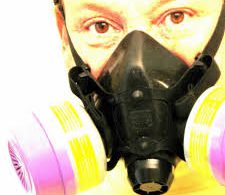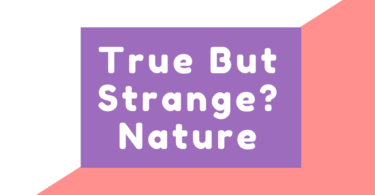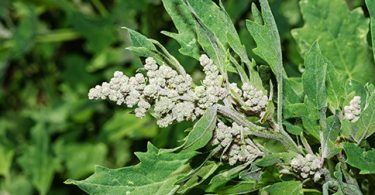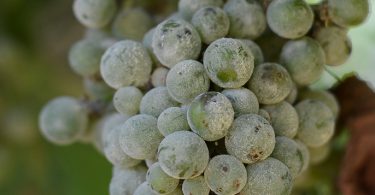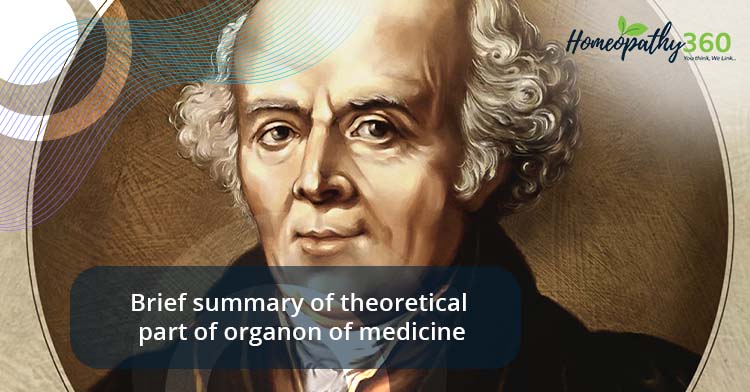
Brief summary of theoretical part of organon of medicine
Apho. 1 – Physician’s mission
The physician’s high and only mission is to restore the sick to health, to cure as it is termed.
Apho. 2- Ideal cure
The highest ideal cure is rapid, gentle and permanent restoration of health or removal and anhelation of the disease in its whole extent, in the shortest most reliable, most harmless way on easily comprehensible principles.
Apho. 3,4,5 – Physician’s qualification
Apho. 5 Causes (Exciting (Sanitation, nutritional and diet hygiene)
Maintaining
Fundamental miasmatic (Psora, Latent psora, Sycotic, Syphilitic)
Apho. 5 footnote Constitution (Hydrogenoid, Scrofulous, Leuco-phlegmatic, Carbo-nitrogenoid, Choleric, Bilious etc.)
Apho. 6 – Unprejudiced observer
Apho. 7 – Removal of totality of symptoms (Individualistic symptom)
Apho. 8 – Restoration of health
Apho. 9 – 17
Vital forces
Properties of vital forces in disease state
Derangement
Apho. 18 – Symptom totality (Symptom complete in location sensation, modalities, concomitant)
Apho. 19-24 – Derivation law of similar
Apho. 22 – Demerits of antipathy
Apho. 23– Similia similibus curanters
Apho. 25-29– Homeopathic law of cure
A weaker dynamic affection is permanently extinguished in the living organism by a stronger one if the later is very similar to former in its manifestation.
Apho. 30-34 – Medicines are stronger than natural diseases
Medicines
- Act unconditionally
- At all time
- Under all circumstances
On every living individual
Regulation of dose in our hand
Medicines prevent disease
Medicines cure, palliate, support natural diseases
Apho. 35-42 – law of dissimilar
When a dissimilar disease meets together in one person
- If both equal in strength or older one is stronger. New disease will be repelled by old one and not allow to affect it.
- If original is weaker than new one then new strong suspend old weaker which reappear when new disease runs its course.
- Both are chronic and equal strength then form complex disease mixture of more than one dissimilar disease.
Apho. 43-51 – What happen when 2 similar diseases meet together
Apho. 52-60 – Different system of medicine
Apho. 54-55 – Allopathy
Apho. 56-57-58 – Antipathy
Apho. 61-62 – Ideal system of medicine
Apho. 63-69 – Primary and secondary action
Primary action: First action of medicine on vital forces
Secondary action:Curative action
Homeopathic medicinal disease which gradually decrease spontaneously and help vital forces in health
Secondary counter action: Equally opposite to primary action
Treatment – Antipathic mode of treatment
Apho. 70 – Summary
Apho. 71 – Three points necessary for curing
Brief discussion about practical part of organon of medicine
Apho. 72-81 – Classification of diseases
- Investigation of disease
- Investigation of the effect of medicine
- Their appropriate employment
- Acute disease
- Chronic disease
Acute disease:
- Individual disease
- Sporadic disease
- Epidemic disease
Chronic disease:
- Pseudo chronic disease
- Artificial chronic disease
- True natural chronic disease
- Single:
- Psora
- Syphilis
- Sycosis
- Complex:
- Psora- syphilic
- Psora sycosis
- Syphilis sycosis
- Psora-syphilis-sycosis
Apho. 82 – Individualization
Apho. 83-104 – Case taking
Apho. 83 – Information for physician
How to take case
Apho. 91, 92, 93
- Patient came directly
- Patient came from another physician
Apho.95 – Accessory symptoms
Apho. 105-145 – Drug proving
First drug proving done on human by Albert Von Haler (f/n 108)
Apho. 117 – Idiosyncrasies
Apho. 119 footnote surrogates
Apho. 143-145 – Building of Materia Medica pure
Apho. 146-154 – Method of selection of medicines
Apho. 149 – Mongrel sect
Apho. 150 – Indisposition: Alteration in health due to diet and regime
Apho. 155- 160 – Dose
Large dose
Medium dose
Small dose
Apho. 161-171 – Remedy reaction (Disease management with partially suited imperfect medicine)
Apho. 163 – Accessory symptoms
Apho. 172-180 – One sided disease
Internal
Physical and Mental
External
Old symptoms + accessory symptoms = Present totality
Apho. 183-203 – Local diseases
External
- Severe lesion:Surgical removal
- Trivial lesion: Internal homeopathic medicine given
Internal
- No external medicine in acute condition
- If fails chronic anti – psoric internally given
Apho. 203 – Local application (Pros and cons of external application)
Apho. 204-209 – Chronic diseases
Apho. 210-230 – Mental diseases
- From corporeal disease which somato-psychic type, spiritual emotional and mental
- Some excitatory factor, abuse of liquor, fright, vexation
- Of doubtful nature
- Psychosomatic type
Treatment
- Anti – psoric medicine
- Acute highly potentised
Minute homeopathic doses of proved acute medicine: Aconite, Belladonna, Stramonium, Hyoscyamus
- Psychotherapy
Appropriate diet and regime
Anti – psoric treatment
Appropriate diet and regime
- Psychotherapy diet and regime
Apho. 231-244 –Intermittent and alternating disease
- Typical – afebrile or nonfebrile
Febrile intermittent fever
- Alternating disease (233 – 244)
Apho. 245-258 – Homeopathic posology
Apho. 245 – 251 Repetition of dose as per 5th edition
- Condition & progress of patient
- Nature of disease
- Nature of remedy
Apho. 252-256 – Signs of improvement
- Greater degree of comfort
- Increased calmness and freedom of mind
- Higher spirits
- No appearance of new symptoms
- Diminution of original symptom
- None of old symptoms are horse
Apho. 257 – Favouriteremedy (Physician repeatedly uses the remedy for cure the patient)
Apho. 249 – Antidote
Apho. 259 – 263 – Diet and regimen
Apho. 264-272 – Genuine medicine and potentization
Homeopathic pharmacy, Medicine prepared from vegetable and animal kingdom, Indigenous plant, Exotic substance, Dynamization of drug
Apho. 273-279 – Law of simplex
Apho. 275-283 – Strength of dose for homeopathic use
Apho. 284-285 – Route of administration (Tongue, mouth, stomach, olfaction, rectum, genitals and skin)
Apho. 286-291 – Ancillary measures
Apho. 286 – Electricity and galvanism (Symptoms disease of sensibility and irritability, Irritability, Abnormal sensation, Involuntary movements)
Apho. 288 – Mesmerism (Positive and Negative)
Apho. 287 – Magnetism (Edited in 6thedition North and South pole, Antidote by plate of polished zinc)
Apho.290– Massage (in those who suffers loss of flesh, weakness of digestion and lack of sleep)
Apho. 291 – Bath
Reference:
1. A treatise on organon of medicine Part I, II, III by Asok Kuamr Das.
About the author-
Dr. Deepika C. Parmar
BHMS from Ahmedabad Homeopathic Medical College,
PGDHA from Apollo Medvarsity.


